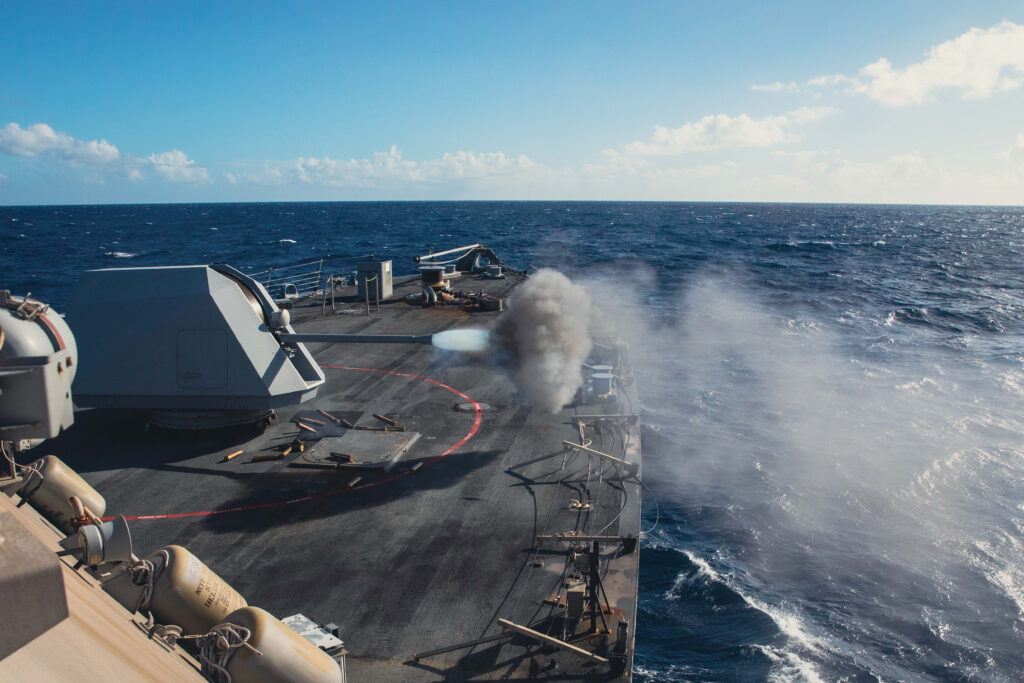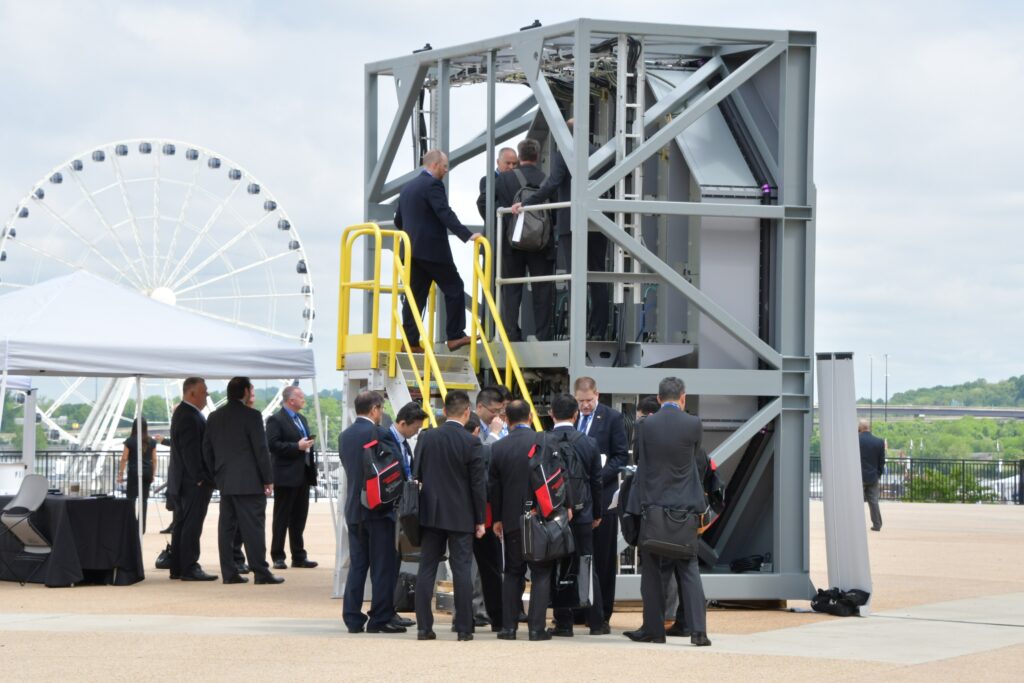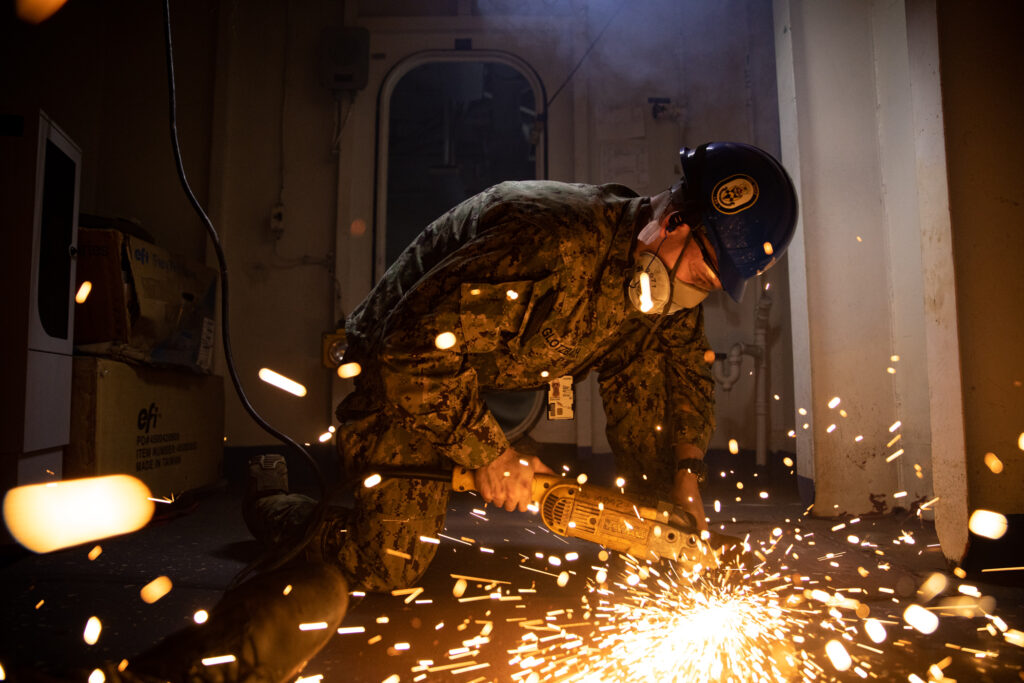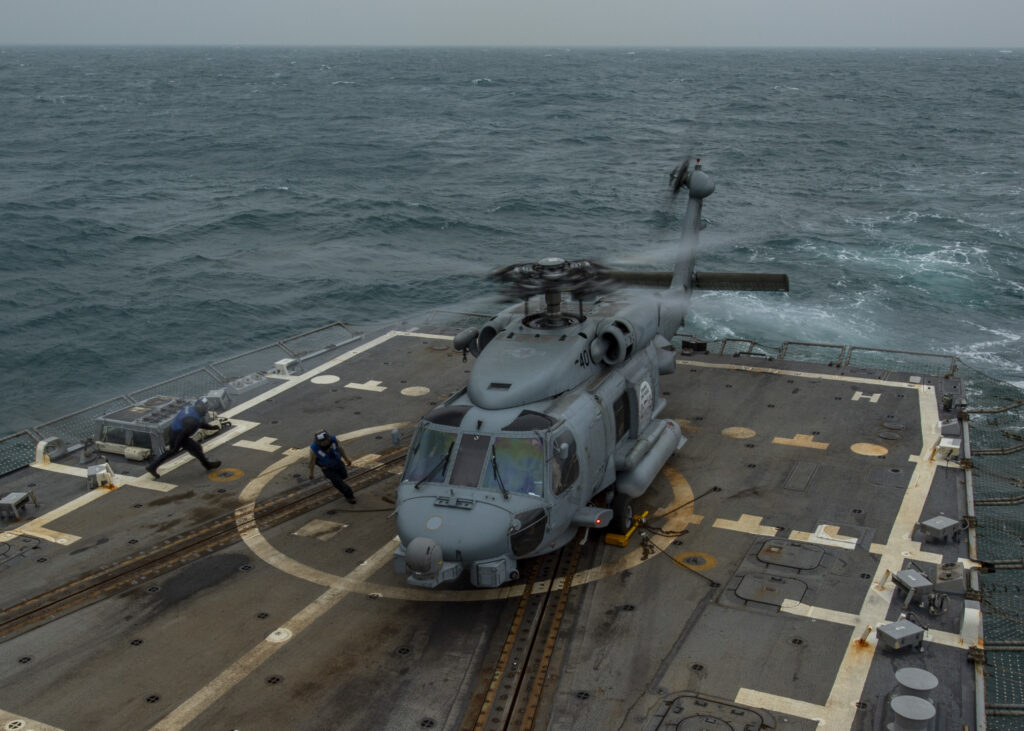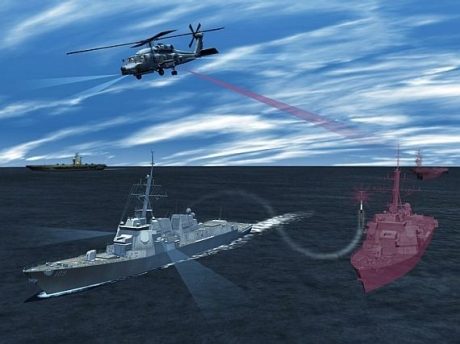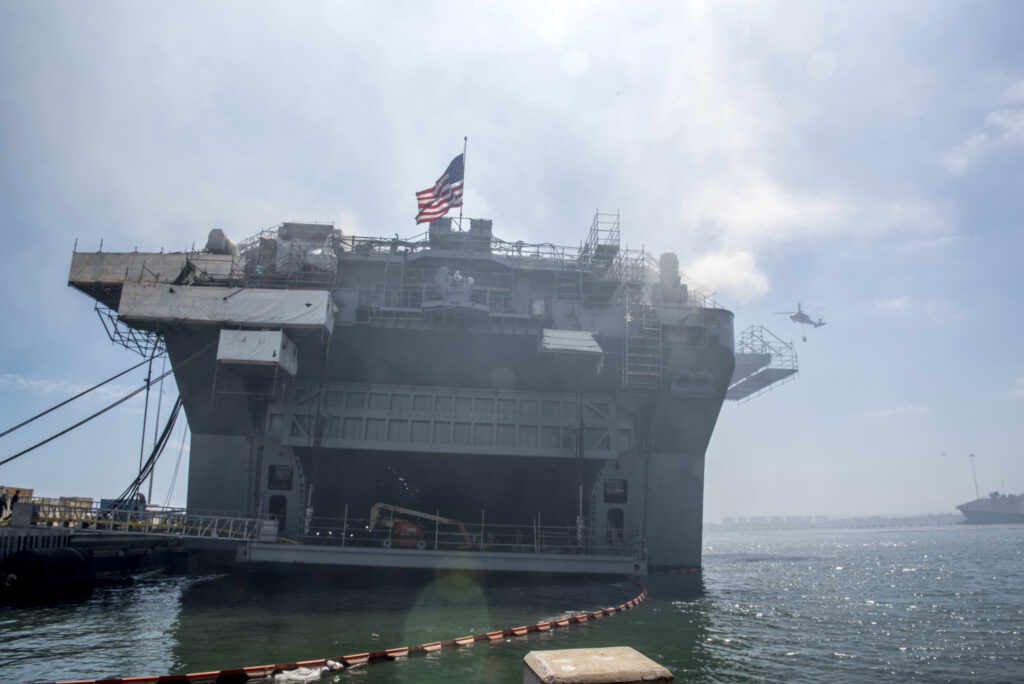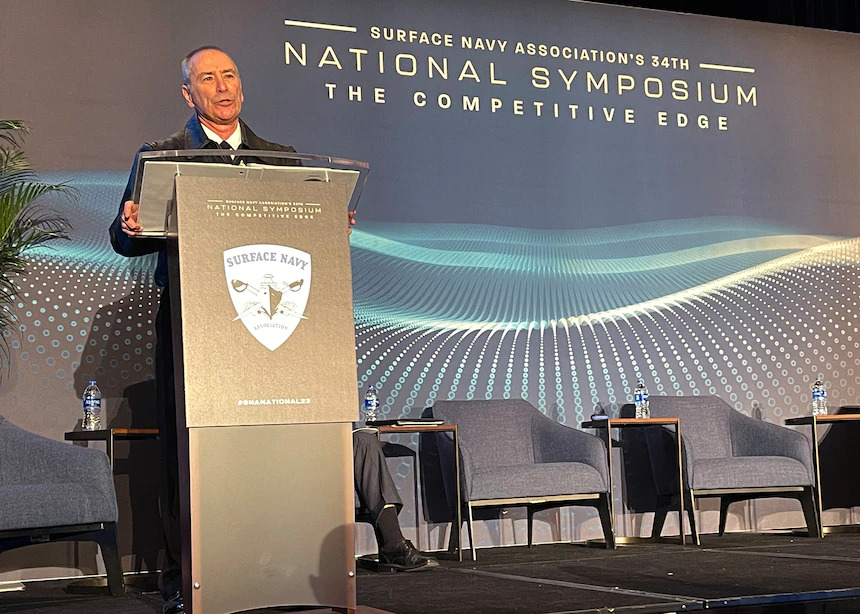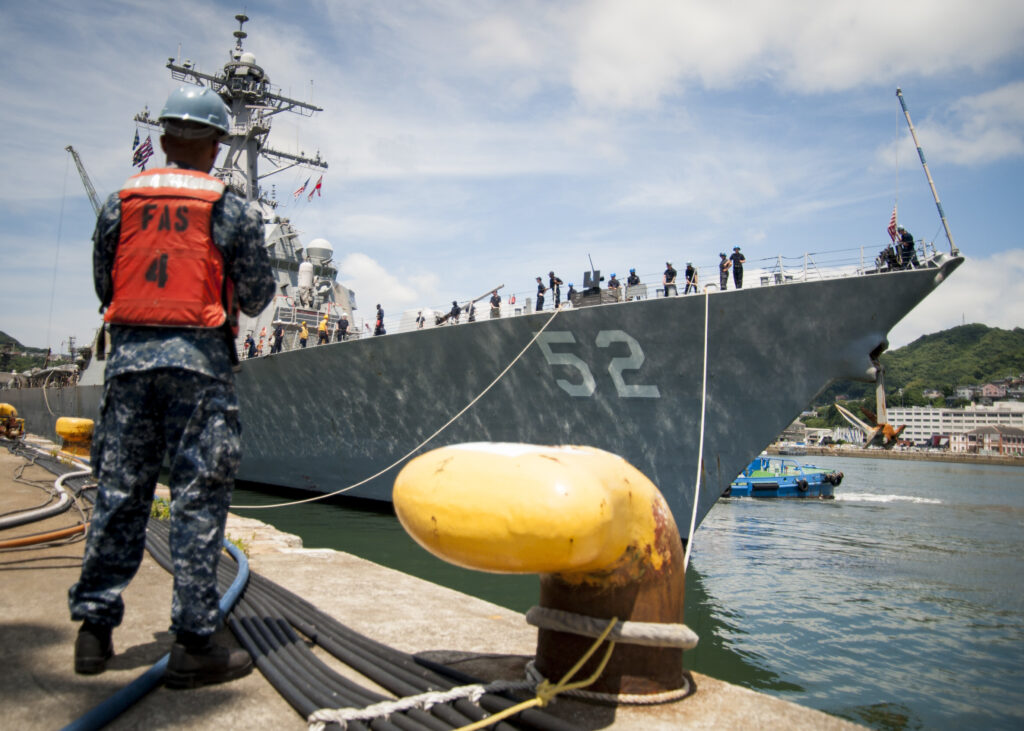SECNAV: Allies, Partners Are ‘Huge Advantage’ for U.S.
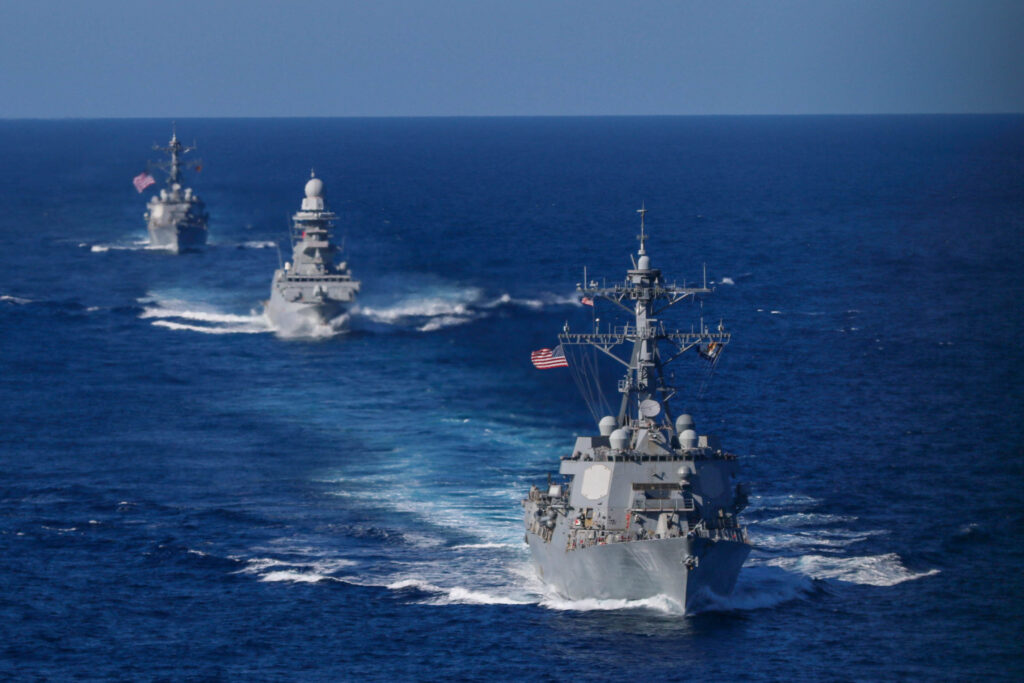
WASHINGTON — The secretary of the Navy stressed forward presence and engagement with U.S. allies and partners as advantageous in pacing the threat of China and Russia in the maritime domain.
Allies and partners “are our huge advantage,” said Navy Secretary Carlos Del Toro, speaking Jan. 18 at the U.S. Navy Memorial in Washington. The Chinese and Russians don’t have that.”
Det Toro noted the integrated defense strategy as an all-of-government approach to execution of foreign policy, “using all of the capabilities that the United States has,” plus those of allies and partners.
The U.S. Navy in recent years has increased its presence and patrols in the South China Sea and the Black Sea, both areas of international tension. Del Toro noted the current presence of the USS Harry S. Truman carrier strike group in the Mediterranean Sea — normally absent of a CSG in recent years — and the presence of the USS Carl Vinson CSG in the South China Sea as examples of the flexibility of naval forces and their presence that potential adversaries have to take into account.
“You’ve got to be present,” Del Toro said.
The SECNAV, himself a former destroyer skipper, stressed the importance of building relationships with allies and partner nations. He also praised the initiatives of Chief of Naval Operations Michael Gilday and Marine Corps Commandant David Berger to “rethink strategy” and make U.S. naval forces more expeditionary, with the ability to move distributed forces more quickly to an area of operations. He cited the Marine littoral regiments being formed as an example of mobility and ability to operate within the Pacific island chain closest to China.
